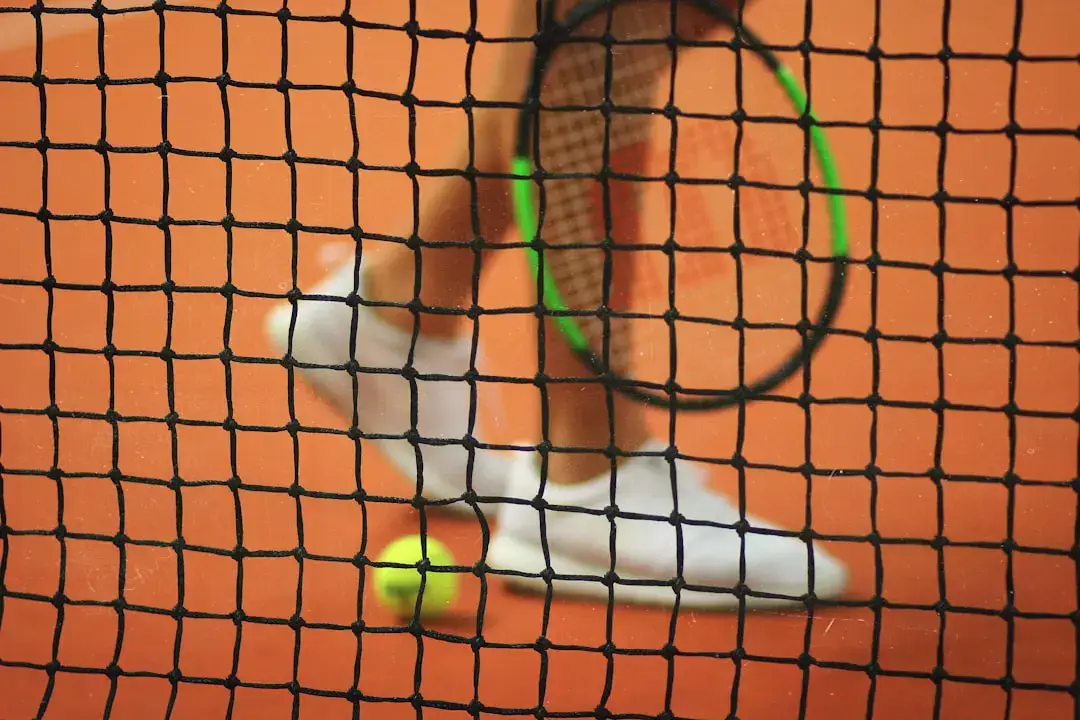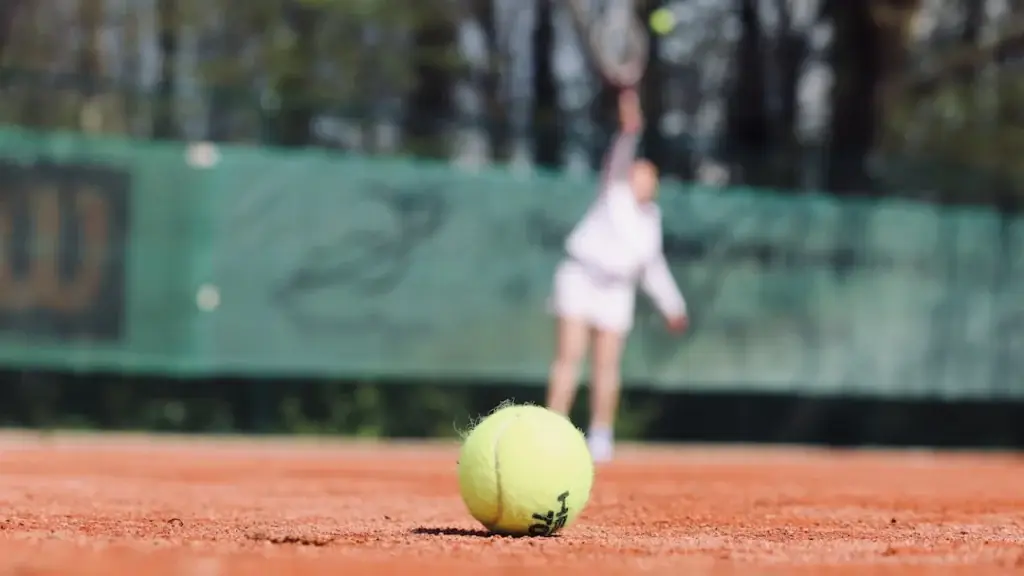
Tennis is a globally recognized sport played on a rectangular court, where players use a racket to hit a ball over a net. The game is played in singles and doubles formats. Tennis rules govern aspects such as scoring, serving, court dimensions, and player conduct, ensuring fair play and consistency across all levels. The sport is known for its structured tennis scoring system and a set of regulations established by governing bodies like the International Tennis Federation (ITF) and the United States Tennis Association (USTA).
Tennis evolved from a game called “jeu de paume” in 12th-century France, where players hit a ball with their hands. It later developed into the modern sport in England during the 19th century, with the first official rules written in 1874. Since then, tennis has grown into a global sport governed by organizations like the ITF.
The primary goal in a tennis match is to win the game by scoring enough points to win sets and, ultimately, the match. Players aim to win the set by winning at least six games with a two-game lead.
The side of the court affects player positioning and strategy. In doubles matches, communication and positioning are key to covering the larger playing area effectively.
Equipment Regulations (Racket, Ball, Net)

Understanding how to score in tennis is crucial for both beginners and competitive players. The game follows a unique point progression: love, 15, 30, 40, and deuce.
Start playing tennis today! Understanding tennis rules will improve your gameplay and make watching professional matches more enjoyable. Learn more Sports Rules to start improving your skills today!